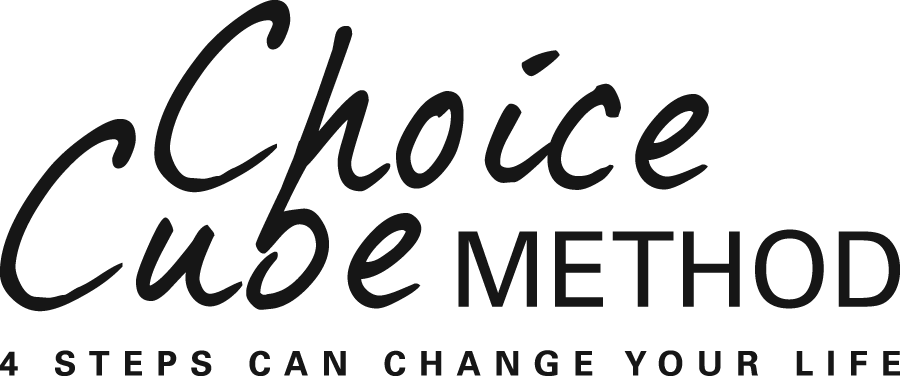The Most Important Question You’ll Ask Yourself: Are You in Shadow or Light?
/ Do you seek greater clarity in life? Increased freedom? Emotional stability?
Do you seek greater clarity in life? Increased freedom? Emotional stability?HERE'S ONE WAY
In her book, Become the Person You Were Meant to Be, Dr. Beth Cujé argues that the best way to achieve a fuller life and become, indeed, the best you can be, the best version of you is to cross the bridge from shadow to light. ,
But what does she mean by that? What is shadow and what is light?
LIGHT
“Light is where we want to be”, Beth says. “In the light we have presence of mind. We can see both the down-side and up-side of reality and can choose to be honest and compassionate. We solve problems successfully and take constructive action.”
SHADOW
“In the shadows,” she continues, “we go on autopilot. We defensively react to things that threaten or arouse us. Reality seems lopsided, all bad or all good. This makes it difficult to see the full truth—the big picture—and make wise decisions. Actually, when we are in the shadows, we have only one decision to make—one thing to do—and that is to get back in the light. But first, we must recognize shadow.”
MORE ABOUT LIGHT
First, let's delve deeper into what it means to be “in the light”. Being in the light is a healthy way of life. We are able to think things through and see the consequences of our actions. We are open to the truth, and we want it even though it may hurt. We feel compassion for ourselves and we have a clear sense of who we are. We don’t resort to inappropriate strategies to avoid or control problems. On the contrary, we respond appropriately by desiring to resolve problems.
Our body is relaxed. Our emotions are positive. Our mind and our will are flexible and balanced. We can indeed see the big picture. When we live in the light we experience the following, among others:
• Gratitude
• Self-awareness
• Avoiding denial or blaming
• Taking responsibility for own reactions
• Authenticity, being real
• Awareness of our strengths and weaknesses
• Truth-seeking
• Acceptance of others
• Forgiveness of others
• Acceptance of God’s forgiveness
MORE ABOUT SHADOW
When we are in the shadows, our main goal is to protect or satisfy ourselves. We are focused on a problematic person, habit, or situation. Anyone can go into the shadows. That’s a part of life. The problem is when we are stuck there and unable to cross the bridge into the light through the appropriate means. So, we are stuck using avoid and control strategies that will not lead to the resolution of the problem.
The idea of looking for truth or compassion is not important. We are not in balance. Everything is all good or all bad. We trust nothing and no one, or we are too trusting. We are either submissive or self-protective. When we are in the shadows, we experience these behaviors, among others:
• Unwilling to forgive
• Under-responsible or over-responsible
• Withdrawn
• Preoccupied, hesitant
• Overly sensitive or shy
• Moody, irritable
• Sick frequently without medical cause
• Frequent aches and pains
• Needing constant praise
• Inappropriately defensive
HOW TO MANAGE SHADOW AND LIGHT
If you recognize some of these shadow behaviors in yourself, don’t feel disheartened. The Choice-Cube Method® can help step into the light. Dr. Beth Cujé, therapist and author of the book, Become the Person You Were Meant to Be, is giving you the opportunity to download the first chapter of the book for FREE. Just click here and see what the Choice-Cube Method® can do for you today.





